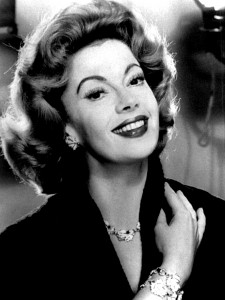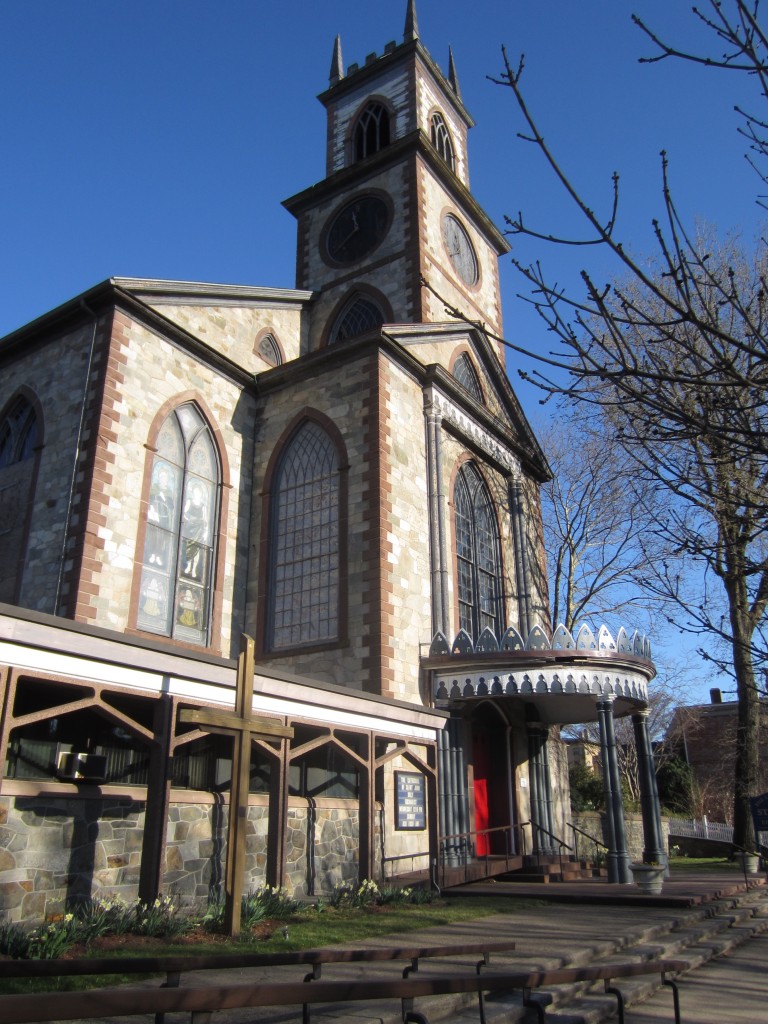Her childhood was spent in China, as the daughter of missionaries, her father an Episcopal priest who held Easter services during the Communist rule, despite death threats. When she came to Rhode Island, she spoke three languages including English and Mandarin. The family left China after a bomb landed on their dining room table:
…there was one event in 1926 that ultimately convinced the family that it was time to go. In trying to stop communist leader Mao Tse-Tung from gaining more ground, his rival Gen. Chiang Kai-shek initiated an attack on Wuchang.
He ordered his men to bomb what appeared to be a compound on the city’s outskirts – one that bore a resemblance to China’s Forbidden City, except it had crosses instead of dragons.
“Who lives there?” Chiang reportedly asked an aide, according to Meadows. She said that after he was told it belonged to a Christian missionary couple from America he ordered the bombing to cease immediately.
Fortunately, the Cotters weren’t home at the time and learned of the attack only when they returned home and found an unexploded bomb that had crashed through the ceiling and landed on the dining room table.
Actresses and sisters Jayne and Audrey Meadows ended up in Providence, Rhode Island, where their father became vicar and then dean of the cathedral there for five years until his retirement, ministering to the community during the Great Depression. After the cathedral was closed in 2012, the Providence Journal ran a story on her memories of the place, her childhood in China and her television and stage career; that story has been re-published this week, following Jayne’s death Sunday at the age of 95.

An postscript announces a planned re-visioning of the cathedral:
Editor’s Note: In November, leaders of the Episcopal Diocese of Rhode Island proposed using part of the cathedral for a museum that would look at those who made money in the slave trade – and those who opposed it. Along with the museum, a proposed national Center for Reconciliation would offer programs including lectures, concerts, seminars and training programs in reconciliation.
That plan was covered in a November story in the same paper.
A shuttered church could soon shine a light on Rhode Island’s dark role in the slave trade.
Church leaders hope it will also help heal a divided state and nation.
The Episcopal Diocese of Rhode Island wants to use part of the Cathedral of St. John for a museum that will look at those who made money in the slave trade — and those who opposed it. Churchgoers and clergymen filled both camps.
In the 18th and early 19th centuries, Rhode Islanders backed 1,000 trips between Africa and the Americas. Newport, Bristol and Providence were among the busiest slave trade ports in North America.
Rhode Island’s role in the slave trade “gives us both a responsibility and an opportunity” to confront the state’s past and racism today, Linda L. Grenz, Canon to the Ordinary with the Episcopal Diocese of Rhode Island, said Sunday.
Posted by Cara Ellen Modisett

